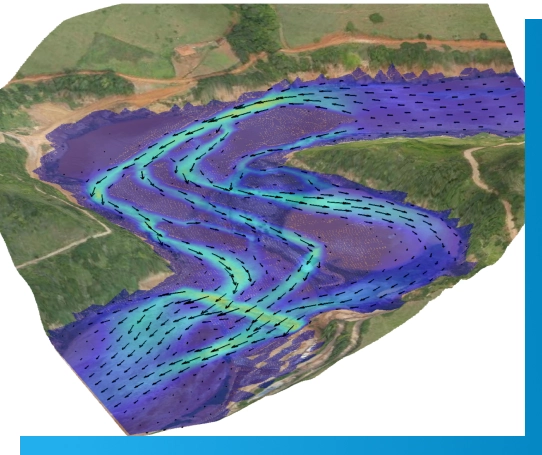NUMERICAL MODELING
Numerical Modeling is an important tool for understanding the dynamics of water and the processes that occur along with it. Whether reproducing events from the past or projecting the future, we are able to evaluate and optimize projects so that they are safe, economically efficient and environmentally sustainable.







